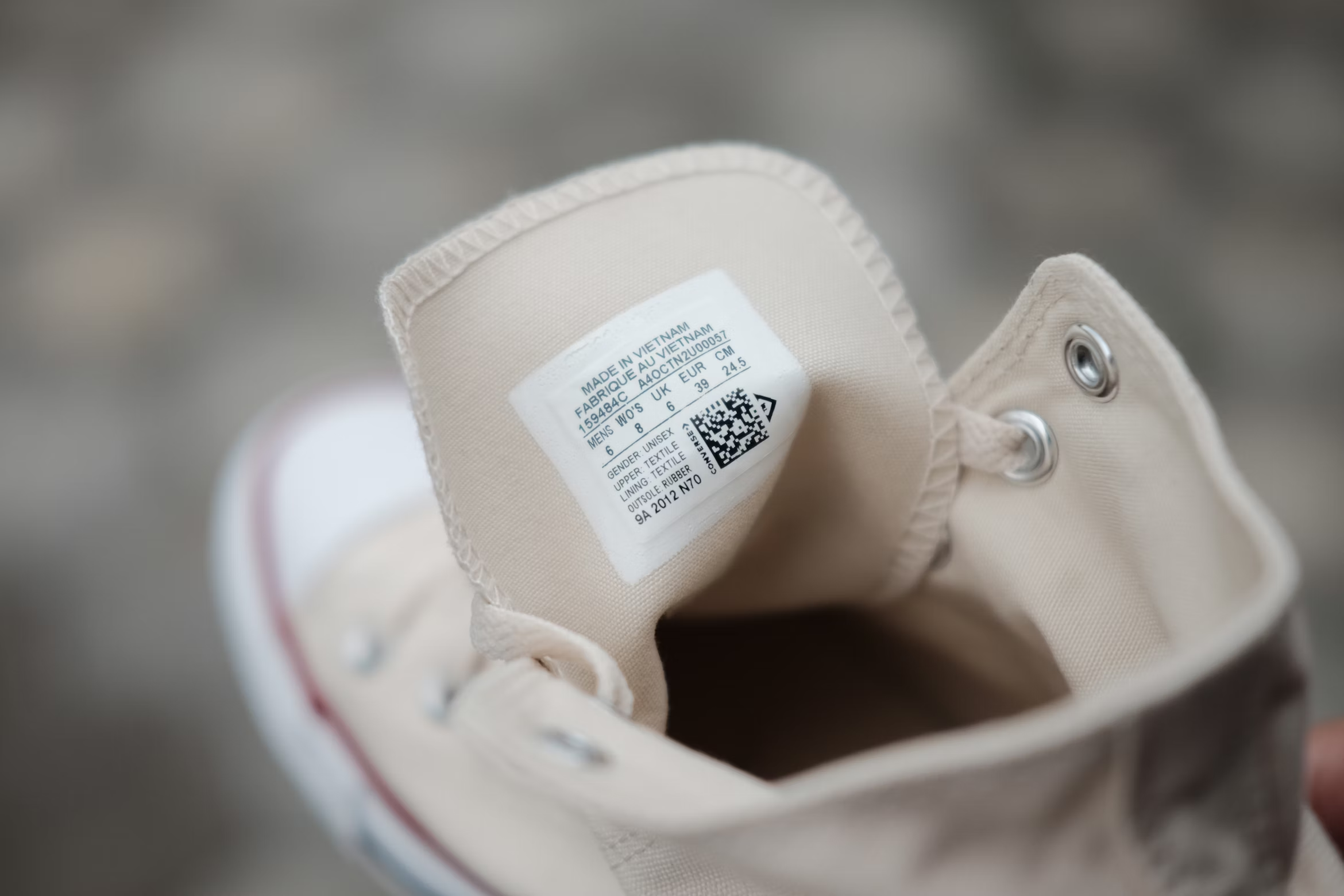In recent years, campaigns and pledges to save the planet have been popping up everywhere. But, like any new initiative — they have their flaws. While many of these rules and regulations have good intentions, they often end up as surface-level marketing gestures, organic-looking packaging, and labels that boast sustainability but have no real meaning.
Regulations are often treated as optional — and as a result, the true cost of being compliant inadvertently gets sidelined.
But alas, those days are numbered.
According to an eye-opening report from McKinsey, “Sustainability rules. The era of fashion industry self-regulation is drawing to a close. Across jurisdictions, new rules will have significant effects on both consumers and fashion players. Brands and manufacturers may consider revamping business models to align with the changes ahead”
From the toxic legacy of PFAS to microplastic pollution, it’s time to confront the truth: the time is now for brands to move beyond greenwashing and make a genuine commitment to environmental stewardship—one that prioritizes transparency, accountability, and authenticity in its claims.
Emerging California legislation
As environmental challenges become more prioritized on a global scale, governments around the world are beginning to take action. While the EU remains at the forefront of progressive climate initiatives, California follows closely behind.
This year, the state of California’s Department of Resources, Recycling, and Recovery (aka CalRecycle) has proposed Senate Bill 707. This bill marks a significant attempt to improve waste management practices and promote a circular economy ethos within the state.
And though it's a state bill, its implications are likely to be felt worldwide.
California Senate Bill 707
California’s Senate Bill 707: the Responsible Textile Recovery Act is especially important for fashion brands. With an aim at establishing an Extended Producer Responsibility (EPR) program for textiles, SB 707 intends to require apparel manufacturers to implement and fund extended producer responsibility programs that would improve recycling and increase the reuse of textiles.
Key provisions of the bill include forming and joining a Producer Responsibility Organization (PRO) (which serves to improve circularity efforts), increasing customer education, and (of course), annual reporting.
Potential Impact
As they say, the only thing that’s a constant is change. As the apparel industry faces more stringent sustainability mandates, it’s only becoming more important to stay updated. While it may look, at face value, like California mandates only affect Californians, they actually affect any organization that sells to folks in California — including online sales.
As a result, we recommend taking these rules and regulations seriously, regardless of where you’re situated.
Best Practices
As new legislation emerges, it’s no secret that staying compliant will only grow trickier. Between budget and organizational constraints, apparel brands face an uphill battle to stay on top of new regulations. Here are a few best practices to help you embrace new global expectations:
- Treat new requirements as opportunities — not obstacles. Organizations that succeed in staying compliant aren’t only checking government boxes, but they’re reaching the growing consumer base that cares deeply about sustainability in fashion.
- Empower your leaders. Ensure the C-suite of your organization is educated on emerging sustainability mandates (and the growing costs of non-compliance).
- Create an internal task force consisting of cross-departmental stakeholders from sourcing, legal, IT, and marketing. When you’re organized, it’s easier to stay transparent and accountable.
- Keep an eye on your pricing. Sourcing sustainable materials can be more expensive than cheap alternatives — but your customers may not want to carry much of the cost burden. More and more, brands need to review all material options with an open eye.
- Don’t leave your partners behind. Suppliers and other partners may not be as conscious of regulations as you are — but their lack of compliance will reflect poorly on you. Make sure your entire supply chain is up to speed on sustainability mandates.
- Let marketing tell the story. Circularity doesn’t have to be boring. Leverage your marketing team to use technologies like the digital passport solution to bring information — and differentiation — to your customers.
Let’s be honest: being truly sustainable is no easy feat. While it’s a worthwhile and increasingly important goal, you need to heed the details and make sure you’re actually doing what you claim.
Our advice:
- Keep your legal, marketing, and logistics teams in the loop.
- Work with partners who understand the importance of compliance and sustainability.
As your brand navigates the ins-and-outs of the changing regulatory landscape, Charming is here to help. With 10+ years of providing certified sustainable products, we know the ins and outs of the apparel industry regulations, making it our mission to stay ahead of every update.
If you’d like an assessment of your current situation or have general questions, please reach out to your Charming contact or request a complimentary sustainability consultation.
October 2024 Update:
When this article was officially published, SB 707 was just a proposition. But as of September 30, 2024, SB 707 has been signed into law. Take time to get familiar with the law (and check out our handy blog on how it may affect your brand).
Editor’s note: This content was refreshed and updated on October 11, 2024.
.png)

